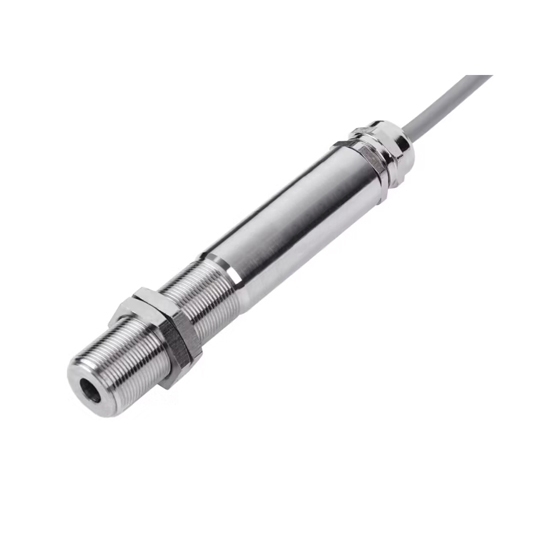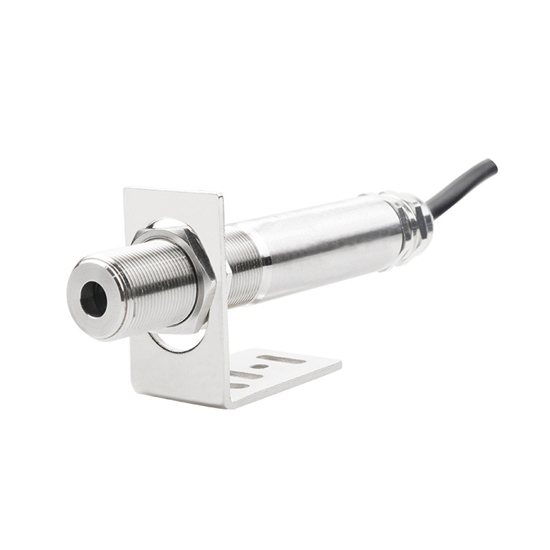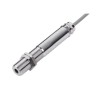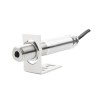



- Stock: In Stock
- Model: RDDLZ-IR-400F
- Weight: 1.00
- SKU: RDDLZ-IR-400F
Available Options
Low cost infrared temperature sensor for humans can be used for schools, institutions, business, hospital, supermarket, store, community, community, library and shopping mall, etc.
Specification
| Model | RDDLZ-BRW600-400F |
| Measurement Range | 28 ~ 45℃ |
| Object Distance Ratio | 10:01 |
| Power Supply | 5~30VDC |
| Accuracy | ±0.3℃ |
| Signal Output | RS485 |
| Working Temperature | 50℃ |
| Response Time | 200 ms |
| Maximum Current | < 50 mA |
| Storage Temperature | -40~85℃ |
| Ambient Temperature | -40~85℃ (Better performance at 0 ~ 50℃) |
| Relative Humidity | 10~95% RH (No condensation) |
| Protection Grade | IP65 |
| Dimension | L113mm × φ18.7mm |
| Shell Material | Stainless Steel |
| Weight | 1 kg |
Feature
- bInfrared temperature sensor equipped with a new-generation optical lens for improved focus and measurement accuracy.
- High-Sensitivity Sensor: Uses a high-response detector for stable and precise human body temperature readings.
- Powerful Processor: Integrated high-performance processor for fast signal conversion and accurate output.
- Optimized Circuit Design: Upgraded internal circuitry ensures low noise and reliable signal transmission.
- High Distance-to-Spot Ratio: Capable of measuring small targets at greater distances with better accuracy.
- Fast Response Time: Rapid reaction to temperature changes allows real-time, non-contact measurements.
Dimension (Unit: mm)
Detail
Tips: Working principle of non-contact infrared temperature sensor
Any object radiates infrared energy outward, and the intensity of the radiation varies with temperature. An infrared temperature sensor is an optoelectronic sensor that receives infrared radiation and converts it into an electrical signal, which is amplified, linearized, and processed by electronic circuits to display or output temperature. The size of the measured target and the optical properties of the infrared thermometer determine the distance between the measured target and the measuring head. To avoid measurement errors, the measured target should fill the field of view of the detector head as much as possible. Therefore, the measured point should always be kept smaller than the measured object or at least the same size as the measured target.
